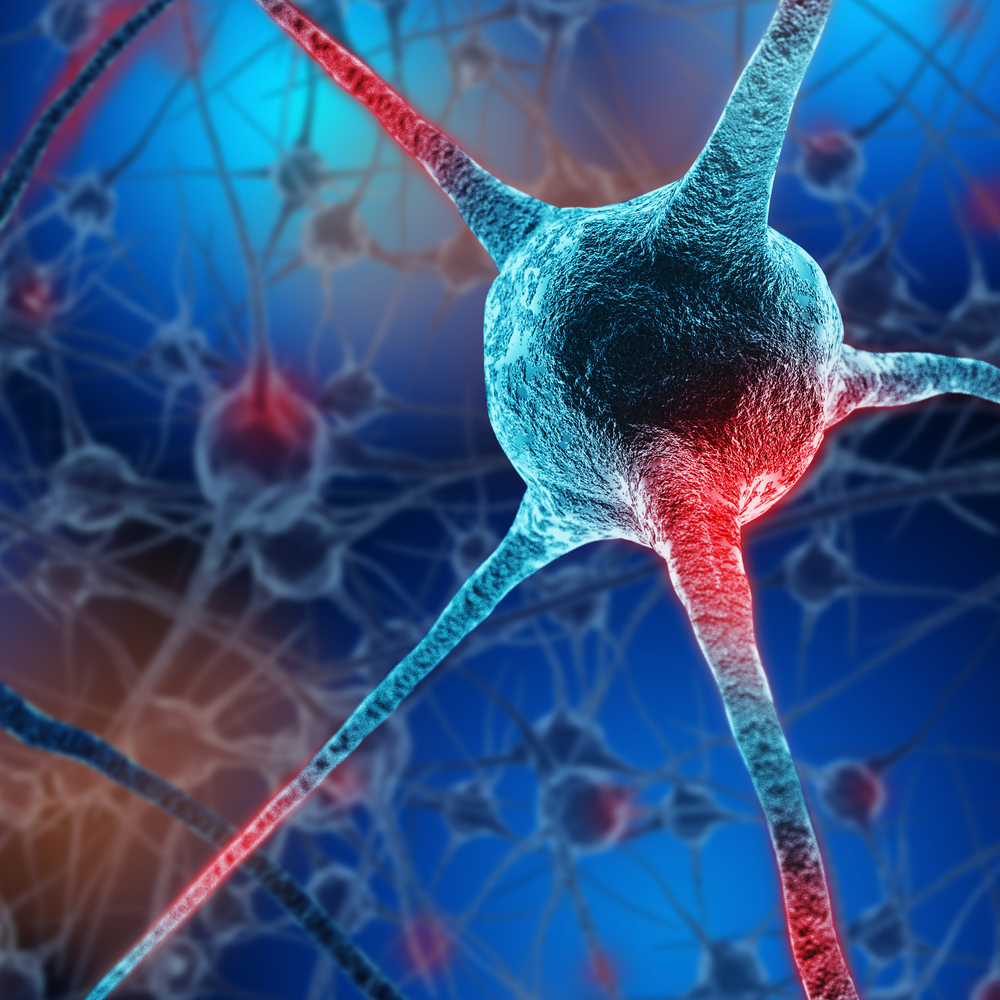Pathway of ALS-linked Protein Into, Inside Nerve Cells More Complex Than Expected

Researchers have made advances in understanding how angiogenin, a key protein associated with amyotrophic lateral sclerosis (ALS), enters and is transported inside nerve cells.
Although the mechanisms behind those events were found to be more complex than previously thought, the findings may help to find new targets and new therapies for the treatment of ALS.
The study, “The cellular uptake of angiogenin, an angiogenic and neurotrophic factor is through multiple pathways and largely dynamin independent,” was published in the journal Plos One.
Angiogenin is a stress-activated protein involved in the development and protection of the brain. It is present in the central nervous system (CNS) — the brain and spinal cord — and helps protect motor neurons, the nerve cells that control movement, from cell death.
Various angiogenin mutations, associated with reduced neuro-protective activity and reduced cell proliferation, have been found in patients diagnosed with ALS. Treatment with normal angiogenin in a mouse model of ALS was shown to increase motor neuron survival, delay motor dysfunction, and increase lifespan.
The research team at the University of Bath in the United Kingdom has been studying the impact of angiogenin mutations for some time. In a previous study, they investigated the shapes and behavior of mutated proteins in cultured nerve cells, and found that some mutations prevented angiogenin from entering the nucleus.
Although angiogenin is known to enter nerve cells and travel to the nucleus to promote its effects, the mechanisms behind it are still unclear. To better understand those mechanisms, the team inhibited different molecules they knew were required for specific mechanisms of uptake or intracellular transport in different CNS cell types in culture.
Angiogenin uptake and its passage to the nucleus appeared to be a very fast and robust process, as none of the disturbances performed by researchers completely blocked those events.
However, disturbances in the location of angiogenin within the cell suggested that its cellular location is critical for its function. The team noted that this helps to explain why mutations that affect angiogenin location, but not its biochemical activity, are still associated with the development of ALS.
Among the various findings resulting from the study, researchers were surprised to find that angiogenin uptake by nerve cells depended on more than one mechanism. Also, angionenin’s neuro-protective effect appeared to come from the activation of two independent pathways/events, adding even more complexity to the protein.
The specific mechanism by which angiogenin gets inside the nucleus and how it exerts its effects remains to be clarified.
“Coming to a full understanding of how it [angiogenin] really works is not going to be so easy, but the more we know about this protein the better because it’s involved in several really crucial biological processes,” Vasanta Subramanian, MD and the study’s lead author, said in a press release.






